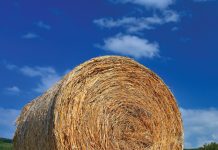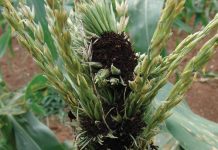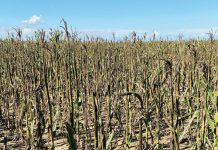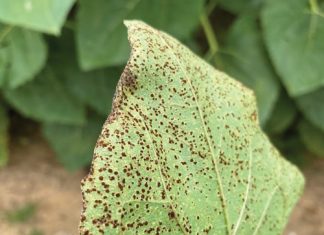
Sandra Hull,
Department of Agronomy, Stellenbosch University

Pieter Swanepoel, Department of Agronomy, Stellenbosch University

Willem Botes, Department of Genetics, Stellenbosch University

Megan Barry, Department of Agronomy, Stellenbosch University
In an ever-changing climate, the risk of rainfall over the harvesting period has become more apparent, posing significant challenges to grain quality. Historically, pre-harvest sprouting (PHS) in wheat was primarily a concern in summer rainfall regions. However, in recent years, increased occurrence of rainfall over the harvest period in winter rainfall regions has raised concerns for producers.
PHS occurs when mature wheat grains begin to germinate while still in the ear due to prolonged moisture exposure. While rainfall is the primary trigger, warm temperatures and high relative humidity further increase the risk, particularly in cultivars with low seed dormancy.
Factors influencing PHS susceptibility
Several factors influence the likelihood of PHS, including rainfall timing and quantity, which play a key role in breaking seed dormancy. Additionally, ear orientation, the presence of awns, and ear waxes determine how much moisture reaches the grain and how quickly it dries. Although rainfall at harvest is necessary to induce PHS, rainfall throughout the season influences seed dormancy. For example, a study by Sandra Hull and others from the Agronomy Department at Stellenbosch University (SU) showed that moisture stress during seed filling can increase seed dormancy, reducing the risk of PHS.
Temperature also has a significant effect on seed dormancy. Low temperatures during ripening enhance dormancy, whereas high temperatures combined with moisture stress can have a similar effect. However, warm temperatures coupled with rainfall at harvest increase relative humidity, keeping the grain wet and elevating the risk of PHS. High humidity during grain filling may also reduce seed dormancy, further contributing to susceptibility.
Since it is difficult to determine the dormancy status of grain in the field, selecting the right cultivar for specific environmental conditions is crucial. A well-suited cultivar should not only deliver high yield and quality while resisting diseases but also exhibit some degree of PHS tolerance.
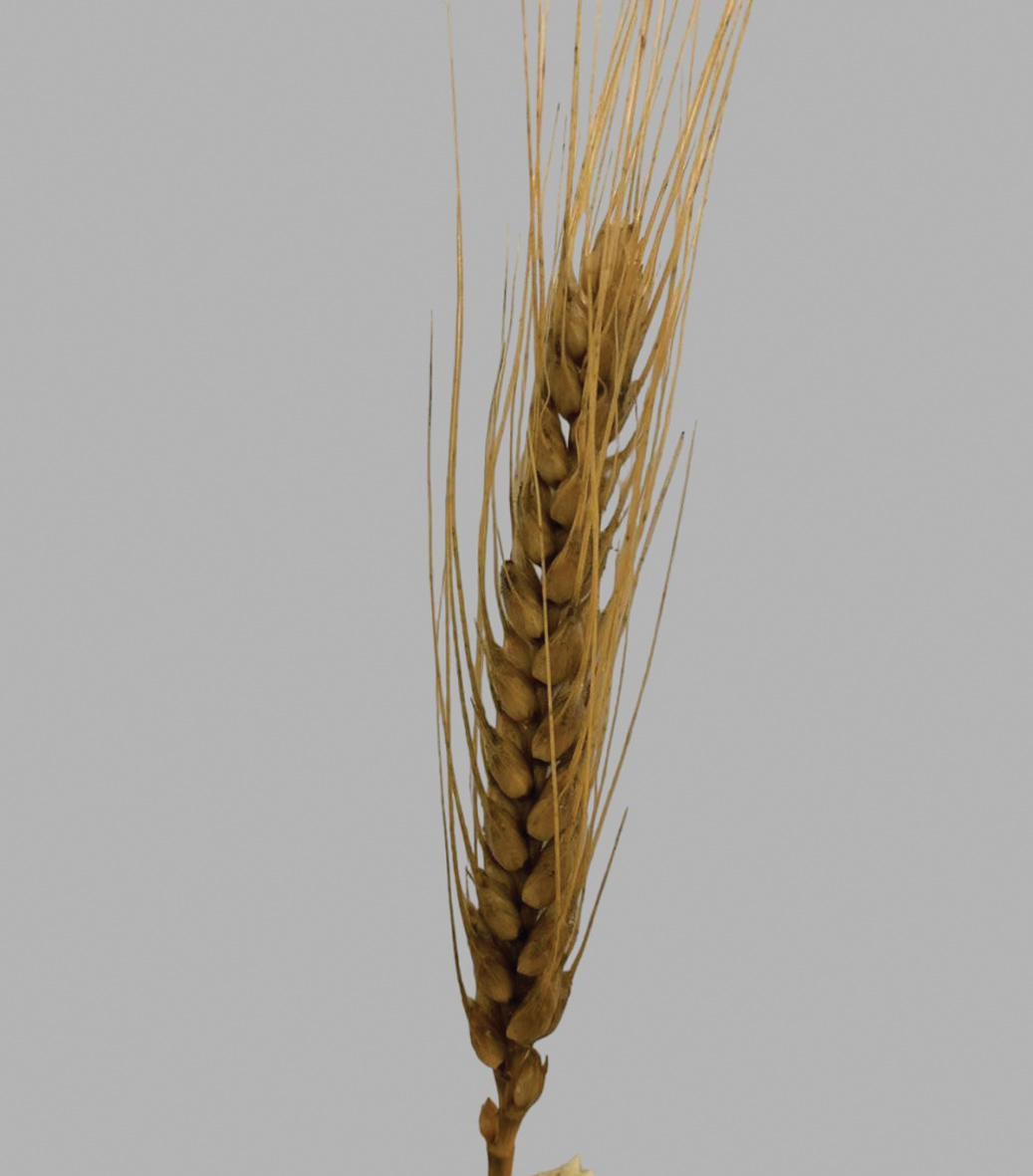
Understanding PHS susceptibility in wheat cultivars
To better understand the relationship between cultivar choice and environmental conditions, wheat cultivar evaluation trials conducted from 2022 to 2024 in the Western Cape were used to assess this relationship. This study, supported by the Department of Science, Technology and Innovation (DSTI), the Technology Innovation Agency (TIA), Grain SA, and the Western Cape Department of Agriculture, assessed PHS susceptibility across different regions.
Whole wheat ear PHS susceptibility has been evaluated on a score of one to eight, where one indicates no sprouting and eight fully sprouted, as determined by the emergence of the radical and coleoptile. These scores can then be classified into susceptibility classes, indicating whether the cultivar is tolerant, moderately susceptible or susceptible to PHS.
Key findings from the Swartland and Southern Cape
In the Swartland, most wheat cultivars demonstrated good tolerance to PHS (Table 1). However, Steenbok consistently showed moderate susceptibility at Eendekuil, Pools, Hopefield, and Moorreesburg. Similarly, SST 015 and PAN 3783 were moderately susceptible at Eendekuil, Hopefield, and Moorreesburg, while SST 056 was moderately susceptible at Hopefield. All cultivars were tolerant in Philadelphia.
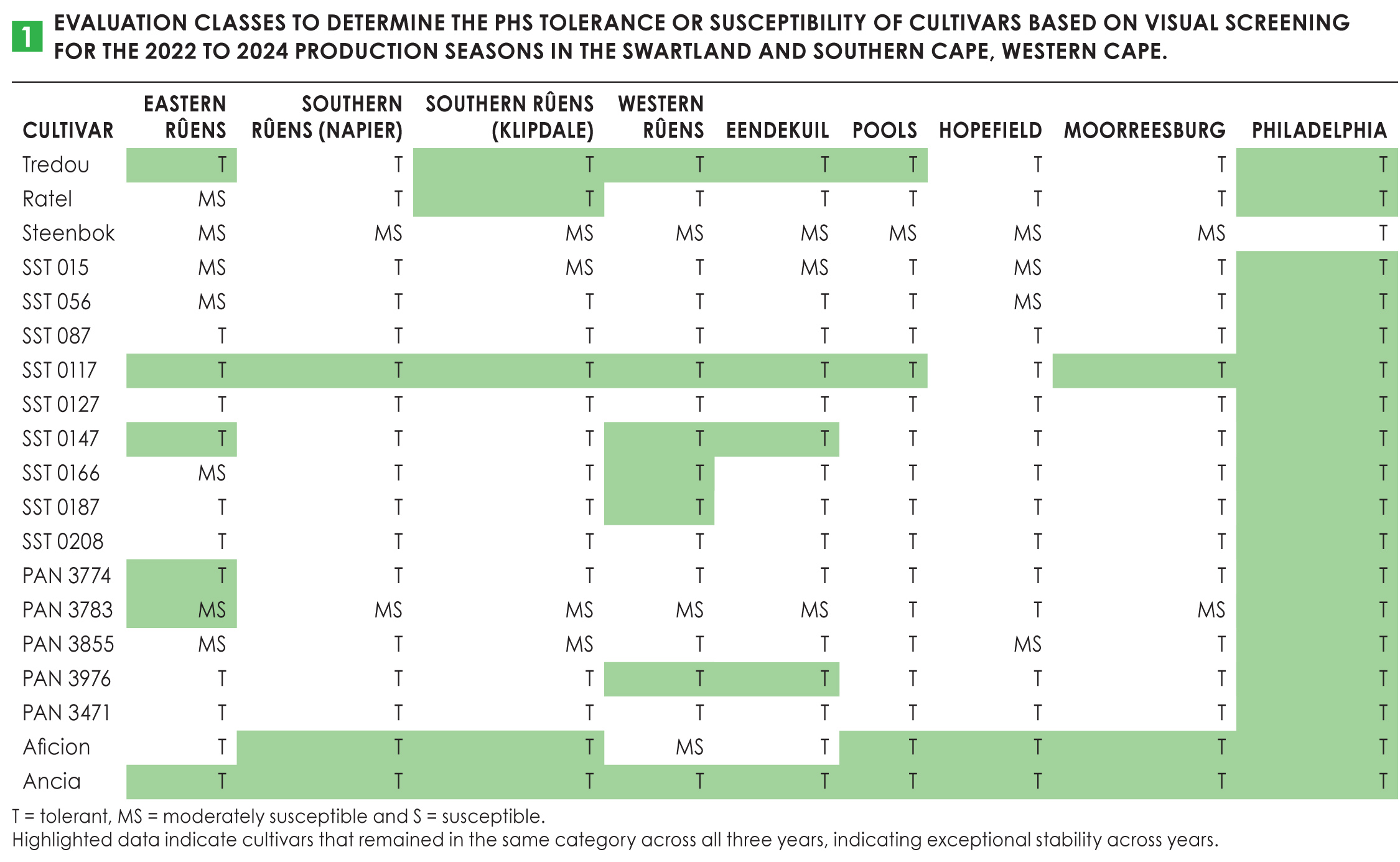 In the Southern Cape, results were similar to those in the Swartland, with Steenbok and PAN 3783 being moderately susceptible across the Rûens. Ratel, SST 056, and SST 0166 were moderately susceptible in the eastern Rûens. SST 015 and PAN 3855 exhibited moderate susceptibility in the eastern Rûens and southern Rûens (Klipdale), while Aficion was moderately susceptible in the western Rûens.
In the Southern Cape, results were similar to those in the Swartland, with Steenbok and PAN 3783 being moderately susceptible across the Rûens. Ratel, SST 056, and SST 0166 were moderately susceptible in the eastern Rûens. SST 015 and PAN 3855 exhibited moderate susceptibility in the eastern Rûens and southern Rûens (Klipdale), while Aficion was moderately susceptible in the western Rûens.
Environmental conditions throughout the season play a significant role in PHS risk. While these results indicate the average susceptibility over three years, cultivar performance varied between seasons. In 2022 and 2024, PHS susceptibility was higher due to environmental conditions, particularly increased rainfall near harvest, compared to 2023. This highlights the importance of selecting cultivars that are well-adapted to specific regions in terms of PHS tolerance.

Making informed cultivar choices
While some cultivars exhibit greater tolerance to PHS, selection should not be based on PHS risk alone. It is essential to consider agronomic factors such as yield potential, grain quality, and disease resistance to ensure the best fit for a specific environment. Understanding a cultivar’s susceptibility to PHS facilitates informed decision making and aids in assessing risk when conducive conditions arise. No single cultivar is universally resistant or susceptible; performance is influenced by regional adaptation and seasonal conditions.
Producers should aim to select cultivars that consistently perform well in their specific production region rather than focusing solely on PHS tolerance. Trials provide valuable insights into cultivar stability under varying conditions, and monitoring environmental factors throughout the season is crucial for evaluating seed dormancy levels and anticipating PHS risk at harvest. Integrating this information into management practices allows producers to take proactive measures, such as adjusting harvest timing, to minimise PHS-related losses. A well-planned cultivar selection strategy, combined with seasonal monitoring, will enhance crop resilience and improve overall production outcomes.
Future research on PHS
Ongoing research at the SU’s Department of Agronomy is expanding the understanding of PHS in both wheat and barley. In addition to the current wheat cultivar evaluation, a new trial is investigating the impact of different fungicide programmes on PHS susceptibility. Further studies are also examining how environmental conditions in the two weeks leading up to harvest influence PHS risk in both crops.
Additionally, a field trial on barley will assess the amount of rainfall required to trigger PHS under real-world conditions. These studies aim to provide valuable insights to help producers make informed management decisions and mitigate PHS-related losses.




